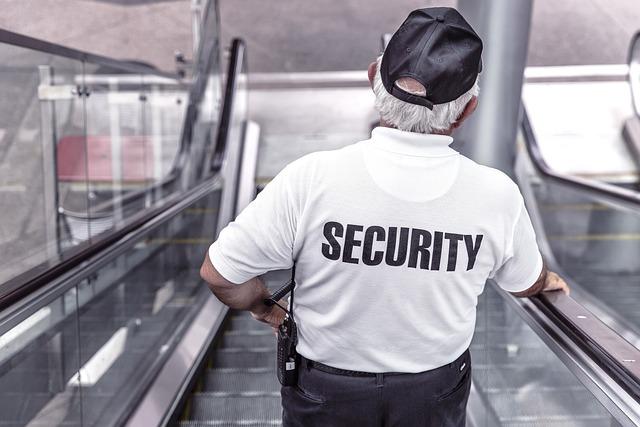What Should Be Included in a Security Daily Activity Report?
Keeping a facility secure requires appropriate safety measures. Having skilled staff and routine inspections ensures top-notch security at any kind of facility. A daily activity report is essential for a well-oiled security system. A daily report should encompass vital details such as key points of note that happened throughout the day, the visitors who checked in and checked out of a facility, any suspicious activity around the facility, as well as a detailed description of any event that deviates from normalcy. Needless to say, it’s the cornerstone of a robust security system.
Daily security reports are vital for upholding safety and organization in settings by documenting events and responses during security shifts. A Security Daily Activity Report should include the date, time, officer details, incidents, patrol activities, visitor logs, equipment status, and any irregularities observed. Clear, concise entries ensure accurate records, aiding accountability, communication, and future incident analysis. This article offers tips on creating thorough daily security activity reports to boost efficiency and efficacy.
Essential Details
A security daily activity report usually starts with details such as the date, shift schedule for the day at a specific location, and the names of the security staff on duty and their contact information to give a clear overview for readers reviewing the report quickly. Taking security daily activity reports from a team ensures constant improvements.
Description of the Incident
In any security report of importance lies the necessity to document incidents effectively. Be they disruptions or major occurrences, each incident demands a straightforward depiction detailing factors, like timing and location, as well as the people implicated to aid in an accurate assessment by authorities in charge of handling the situation properly with an emphasis on objectivity when narrating actions and results to ensure easy understanding, for subsequent evaluations.
Noting down incidents becomes vital when something out of the ordinary happens. Having records and logs to fall back on can bolster certain claims and provide a clearer picture of what happened.
Keeping a Watch and Conducting Patrols
Security officers go on patrols during their shifts. For security purposes, it is important to document these patrols and any significant observations in the daily activity report. The reports need to cover specifics like patrol routes taken by officers and the times they occurred, as well as any unusual incidents or discoveries made during the patrols. Such details play a role in recognizing behavior patterns among individuals or identifying security risks in specific areas that need more focus and scrutiny.
Visitor Logs
Security roles often entail overseeing and controlling entry to a location. The addition of a log for visitors in the report proves useful for documenting people coming in and out of the area, with details such as names and reasons for their visit along with entry and exit timings. This helps ensure security measures are upheld effectively while promoting individual responsibility.
Maintaining Equipment
Security staff frequently utilize a range of tools in their tasks, such as communication gadgets and surveillance gear, to maintain safety and orderliness in the area. They oversee record inspections and upkeep routines to guarantee the functionality and safety of all equipment used. Reports must include any challenges faced, actions to rectify them, and suggestions for upcoming maintenance processes. Maintaining detailed records like these is crucial for averting any disturbances related to equipment failures.
Message Logs
Communication plays a role in security operations to ensure everyone stays informed and coordinated effectively within the team and with parties like supervisors and agencies. Recording conversations helps track the discussions' details and outcomes for reference and quick decision-making when necessary. This approach enhances teamwork and enables responses during critical situations.
Potential Dangers and Safety Concerns
It's important to spot and record safety risks as a step in security operations to keep everyone safe and sound. It's key to always look for potential issues like slippery floors or faulty equipment in the reports. It's helpful to suggest ways to reduce these risks. Acting promptly on hazards helps create a safer environment for all parties involved.
Next Steps to Take
If any events or findings need focus, follow-up steps should be included in the report to ensure that any unresolved matters are addressed properly and not overlooked by mistake. This part of the report explains what actions were taken next and who is responsible for them, along with the expected timelines for completion. Tracking these follow-up tasks helps improve processes and ensures accountability.
In Closing
Daily security reports necessitate a thorough method to cover all essential aspects effectively, such as general details inclusion, incident description incorporation, observation record keeping, visitor logs maintenance, equipment checks completion, communication records logging, safety hazards documentation, and follow-up actions recording. These reports chronicle activities and offer valuable insights for improving security protocols. By providing reports, security staff play a significant role in fostering a safer and well-managed environment.

